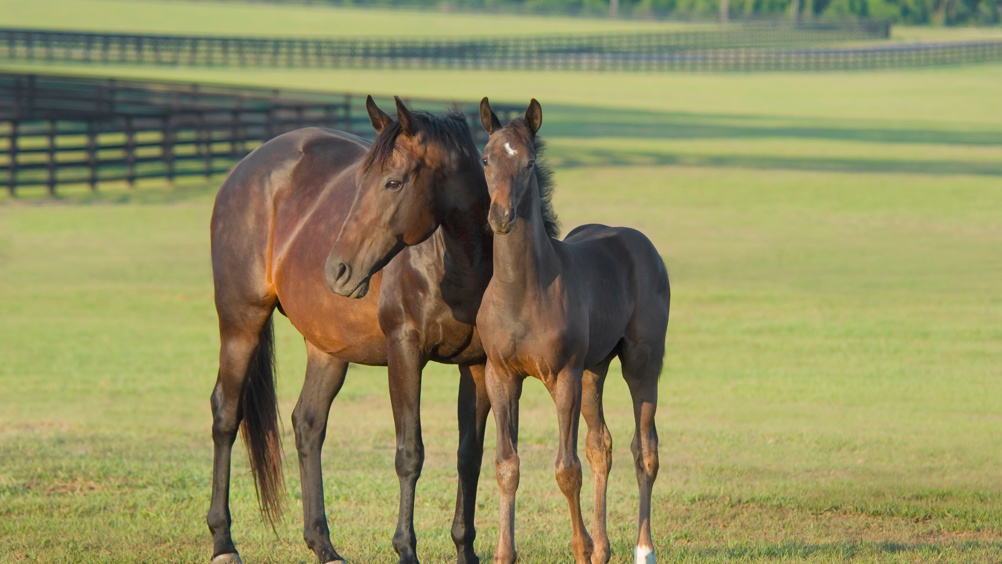References
Diarrhoea in foals

Abstract
Diarrhoea is one of the most common clinical complaints in foals and can be associated with significant morbidity and mortality. Clinical presentation can vary from mild, transient diarrhoea through to severe enterocolitis with significant systemic complications. There are numerous infectious and non-infectious aetiologies, the prevalence of which varies between age groups. Supportive care for foals with diarrhoea includes fluid therapy, antimicrobials, ulcer protection and analgesia. It is important that treatment is initiated promptly and re-evaluated frequently in response to clinical progression, particularly in neonates that are susceptible to rapid deterioration. Many causes of diarrhoea in foals are contagious and strict biosecurity protocols should be implemented to try and control the spread of disease.
Diarrhoea is one of the most common clinical complaints in foals and is associated with significant morbidity and mortality (Cohen, 1994). Clinical presentation ranges from mild, transient alteration in faecal consistency with minimal systemic illness, through to severe enterocolitis with marked metabolic complications, such as acidosis, hypovolaemic shock, hypotension and bacteraemia. Enterocolitis in foals is usually evident, with the presence of a wet tail or diarrhoea down their hindlimbs. Other signs include dullness, reduced interest in nursing, abdominal distension or colic. Foals with chronic diarrhoea may have evidence of hair loss over their hindquarters. Less common signs include rectal prolapse or swelling of the vulva.
Pathophysiological mechanisms that can play a role in inducing diarrhoea in foals include complications secondary to fluid and electrolyte losses, destruction of the villous tips (resulting in the loss of important enzymes such as lactase) and inflammation of the intestinal tract. Intestinal tract inflammation can lead to epithelial barrier damage, which allows normal intestinal bacteria to translocate across the intestinal wall, increasing the risk of generalised septicaemia and/or localised sepsis. One study reported that over 50% of foals with diarrhoea were bacteraemic, based on blood cultures at the time of admission (Hollis et al, 2008).
Register now to continue reading
Thank you for visiting UK-VET Equine and reading some of our peer-reviewed content for veterinary professionals. To continue reading this article, please register today.

